
Can You Put a Tent in the Dryer Safely?
Can You Put a Tent in the Dryer Safely? Published February 4th, 2023 by Allen Campbell Well, it’s no secret that a tent is a
Published May 28th, 2022 by Allen Campbell
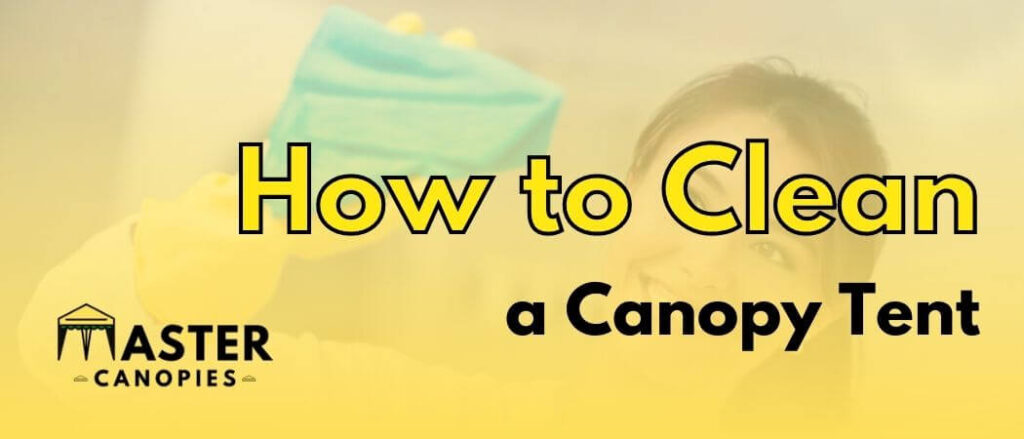
If you’ve ever used a canopy tent, then you know that they can get pretty dirty quickly. In fact, if you don’t clean them regularly, the dirt and dust can actually damage the fabric. Sometimes, you only need to give them a good sweeping with a piece of cloth to remove dirt on the surface.
But not all stains come out easily, and that’s when you need to give your canopy tent a deeper cleaning. Assuming you have a standard canopy tent, here’s the tips through which you can clean your canopy tent quickly and easily.
Before moving forward, it is important for you to know what equipments you need in order to clean the canopy tent.
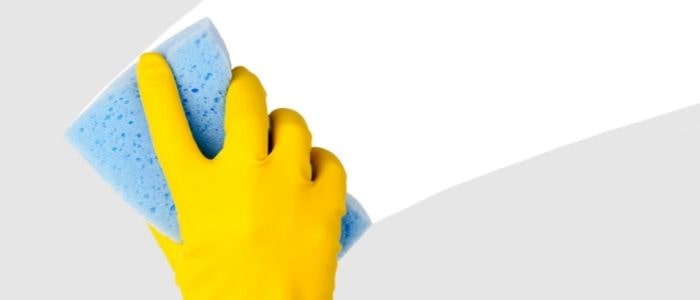
Now, it’s time to start cleaning your canopy tent!
First and foremost, get the canopy tent lay down on the tarp for easier cleaning.
Check the entire length of all the seams to make sure that they are not ripped or torn and don’t forget to inspect all the corners as well. If your tent is not in good condition, it will be better for you to first give it for repairing.
Once you have given the tent a thorough inspection, you can proceed further for the next step.
Before you start cleaning your tent, it’s important to do some prep work. Start by giving the tent a good shake to loosen any loose dirt.
Next, delicately clean the surface of your tent with a soft brush and rags and make sure you don’t miss any spots. This will avoid campsite dirt or mud that could potentially damage the fabric of the canopy top.
If there are any stubborn spots then just rub it well. It is not important to have it sparkling clean before you start the actual cleaning process. Just make sure to get all the big dirt and debris off.
Now that you’ve given the tent top a good spray. Here comes a little challenging part, it’s time to do some scrubbing. Get a sponge or rag and generously apply your homemade cleaning solution to the entire tent top. Don’t forget to leave no spot untouched – flip the tent top over and scrub both sides if needed.
If an area seems very dirtier, don’t be afraid to scrub it a little harder with a soft brush. Remember, the goal is to remove all of the dirt from the tent top so that it’s clean and fresh for your next camping trip.
When you’re finished scrubbing, take a look at the tent top to make sure that all of the dirt has been removed. If not, then go back and scrub the dirty areas again until they’re clean.
In this step, the work becomes easier. Start by washing the canopy tent top thoroughly with hose pipe and do it in a way that all the soap suds disappear. Use a low-pressure setting on the hose so that you don’t damage the tent fabric.
If you are not available with a hose pipe then just take a bucket of water and pour it over the tent top.
It’s time to use those clean towels to wipe up any excess water from the canopy tent. Then, take your canopy top in direct sunlight. If possible, place it on something that will help circulate air underneath. In this way, the heat will evaporate any remaining moisture. Finally, you’ll be left with a dry and new-looking canopy tent!
Note: You can also use air blower for more quicker work (Make sure to take every precaution needed while doing this)
Remember to clean the other parts of the canopy tent like the poles, stakes, and ropes because they can get just as dirty as the tent top.
Note: It can take a little longer for the ropes to dry if you decide to wash them.
By following these tips, I am sure that you can successfully clean your canopy tent without damaging the fabric.
With proper care, most canopies last for 2-3 years. Also, be sure to clean it often and keep it stored in a cool, dry place out of direct sunlight. With proper care, your canopy can provide years of enjoyment.
Canopies are usually used to offer shade and protection from the harmful UV rays of sun and other elements like strong winds, snow, etc. However, they can also be used to reduce noise pollution, create privacy, and define space. For instance, a good quality canopy can block out street noise, making it possible to enjoy some peace and quiet in your backyard. Whether you’re looking for a way to beat the heat or want a little extra privacy, a canopy can help make your outdoor space more comfortable.
Yes, black canopies absorb more heat than white ones because dark colors absorb more light than light colors. You can use a dark color canopy to your advantage on a cold day to absorb more heat from the sun and stay warm. On a hot day, you’ll want to use a light-colored canopy to reflect heat and keep cool.
Before purchasing a canopy, it is important to consider what material the canopy will be best for you. The three most common materials used for canopies are polyester, PVC, and vinyl.
When choosing a canopy material, it is important to consider the purpose of the canopy. For example, if the canopy will be used for a party or event, a lightweight and inexpensive material like polyester may be the best choice. However, if the canopy will be used for storage or as a carport, a more durable material like vinyl may be the better choice.
It is the worst feeling when your canopy blows away and you are worried about your canopy and all the belongings that were underneath it. Here are a few tips to help keep your canopy from blowing away:
By using these tips, you can easily help your canopy from blowing away from the strong frequency winds.
Let’s know how to clean the canopy tent! Start by inspecting the tent. This is important because you need to be sure that there are any damages that might have occurred due to the last campsite visit. The second step is to pre-clean the tent which is essential to remove any dirt that might have accumulated over time.
Thirdly, scrub the top of the canopy. This is probably the most difficult part, but it will be worth it once you see the results. Now, it is time to rinse the canopy tent thoroughly and after that, remove the excess water with a clean towel and let it rest for some time for drying.

Allen is a full time writer at Mastercanopies.com and enjoys traveling around the United States and exploring nature. He enjoys writing about canopies as he believes they are extremely crucial in having a successful camping trip whether it be a trip to the beach, mountains, or the open plains.

Can You Put a Tent in the Dryer Safely? Published February 4th, 2023 by Allen Campbell Well, it’s no secret that a tent is a
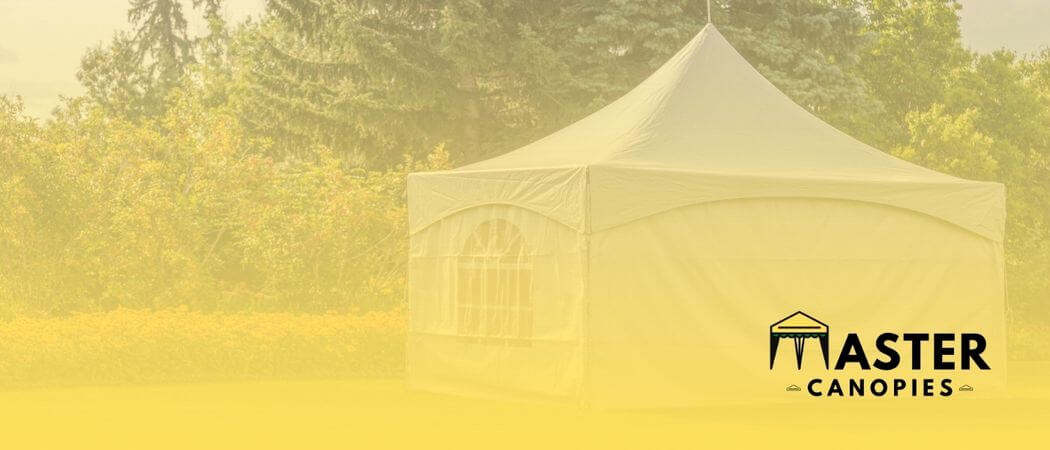
How to Print on a Canopy: How to Print Custom Images/Logos Published February 4th, 2023 by Allen Campbell Do you want to print something special

How to Choose the Best Outdoor Event Flooring for your Next Celebration Published January 31st, 2023 by Allen Campbell Planning an outdoor event can be
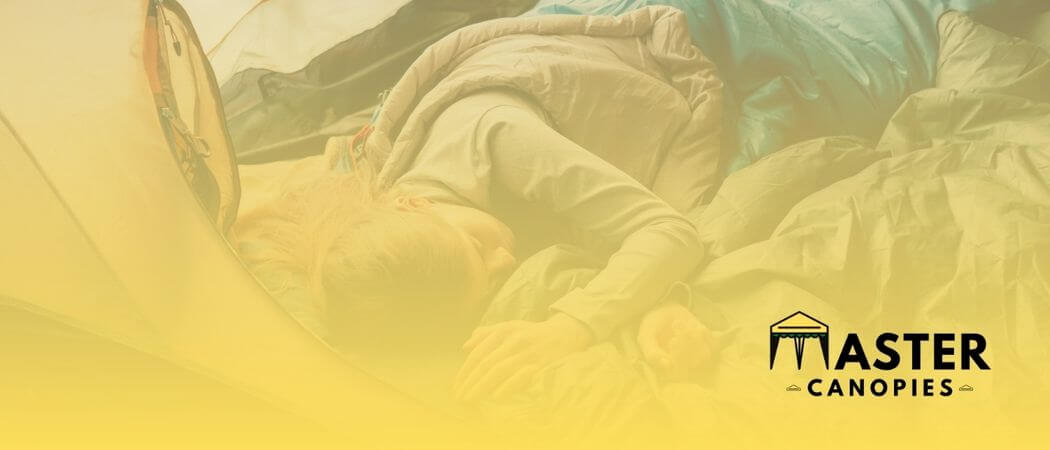
How to Insulate a Tent for Winter and Keep Warm Published February 3rd, 2023 by Allen Campbell Is your tent the last frontier when it
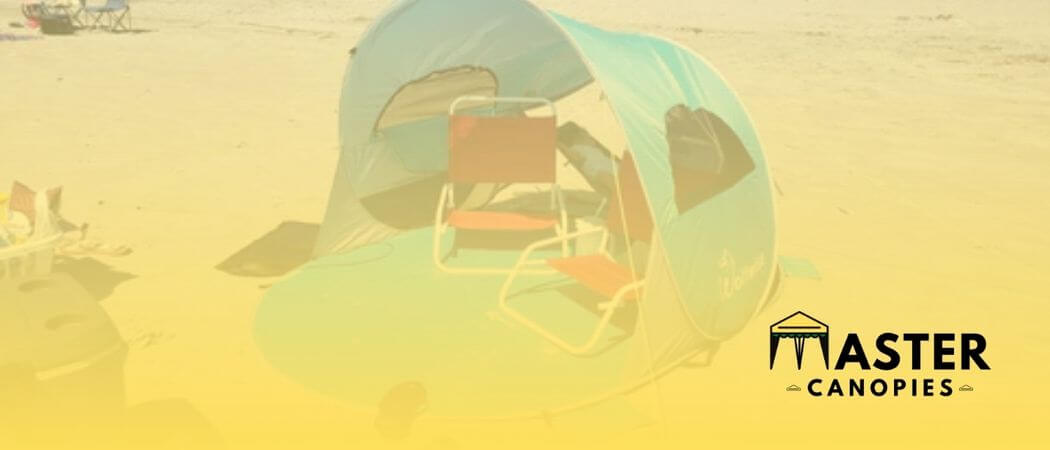
Wolfwise Beach Tent Review: Should You Buy It? Published January 23rd, 2023 by Allen Campbell Are you planning a beach vacation but don’t know exactly
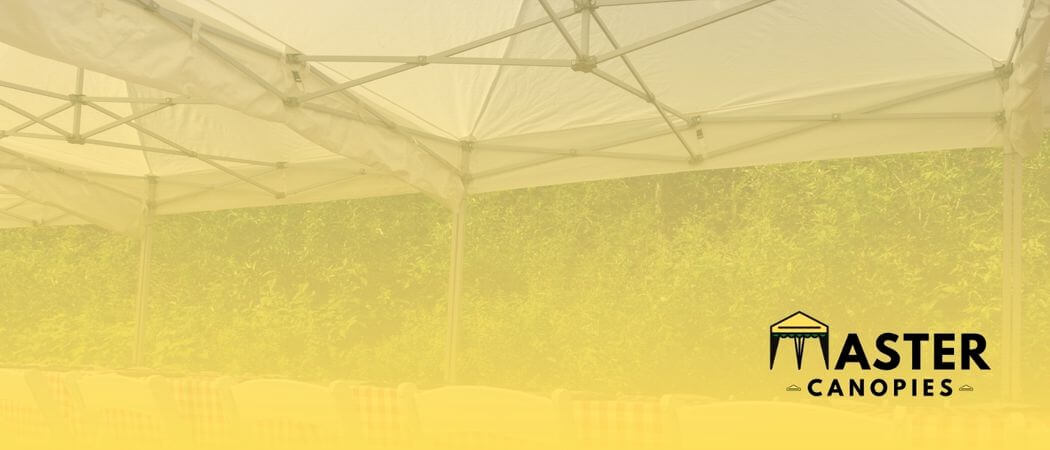
How to Start a Tent Rental Business (and have Success with It!) Published January 23rd, 2023 by Allen Campbell Do you have a knack for

Wolfwise Beach Tent Instructions: Easy Setup Guide Published January 23rd, 2023 by Allen Campbell Let’s face it, setting up a beach tent can be tricky…
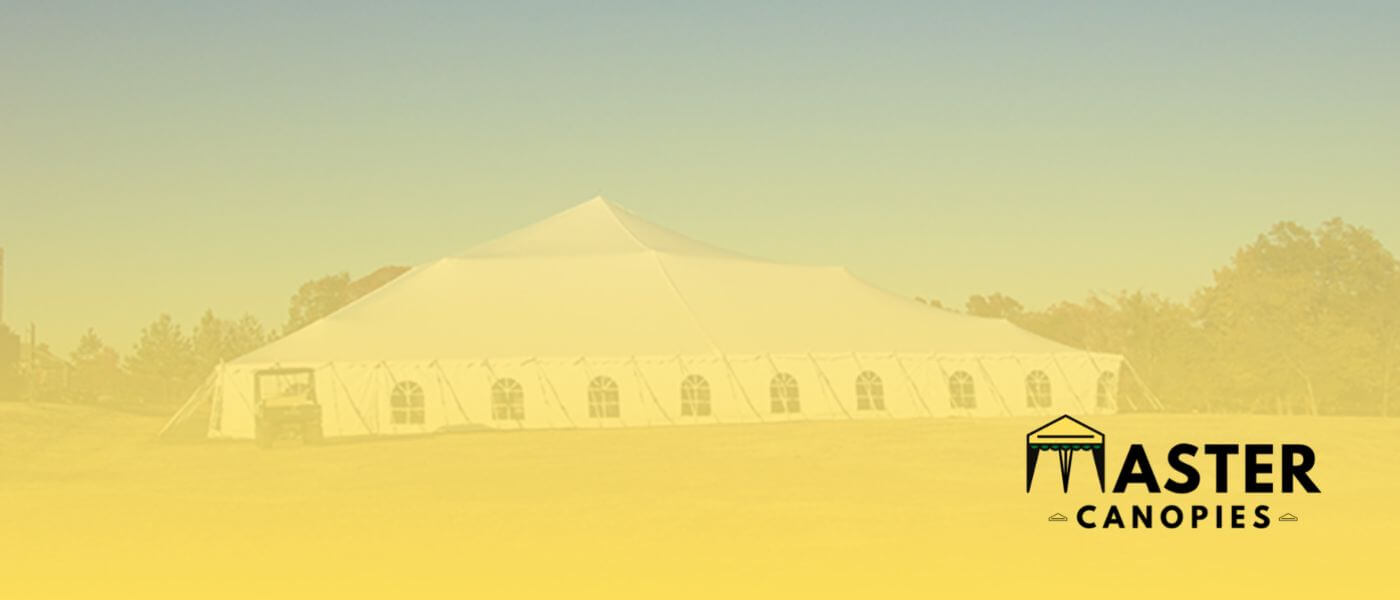
Best 100×100 Tents for Large Gatherings and Parties Published January 12th, 2023 by Allen Campbell Finding the right tent for your next event can be

Best Tent Rentals in Downers Grove, IL Published January 12th, 2023 by Allen Campbell Hoping to make a big impact in Downers Grove? Well, if

Master Canopies is here to bring you the best canopies for the outdoors so that you can enjoy the fresh air without the gleaming and burning light of the sun.

Master Canopies is here to bring you the best canopies for the outdoors so that you can enjoy the fresh air without the gleaming and burning light of the sun. As an Amazon Associate, we earn from qualifying purchases.